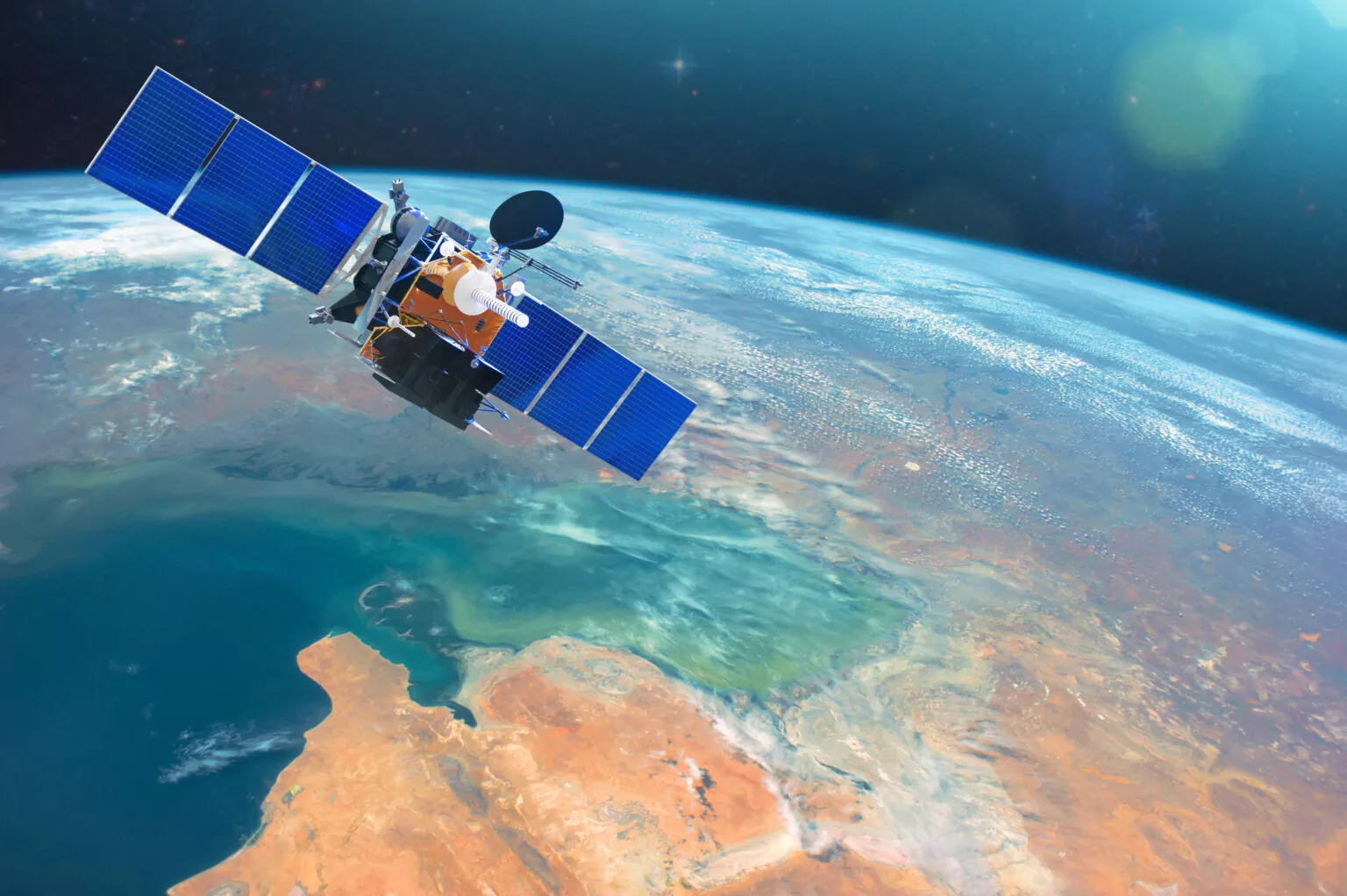
How Satellite Communication Works For Global Connectivity
Introduction
Satellite technology underpins a modern world where global connectivity is essential. Since its conception, satellite communication has revolutionized the way we transmit data over vast and often remote distances. It plays a crucial role in connecting people across the globe, enabling efficient data transmission and reliable communication. This article aims to provide a detailed guide to the inner workings of this technology, exploring the unique details that enable us to communicate effortlessly, no matter the distance.
Types of Satellites

Satellites come in various forms, individually designed for specific purposes. Geostationary satellites are ideal for broadcasting and weather observation, Low Earth Orbit (LEO) satellites enable global internet coverage, and Medium Earth Orbit (MEO) satellites specialize in navigation systems. These satellites collectively form a diverse network, working together to facilitate a wide range of everyday services.
Geostationary Satellite Communication
Geostationary satellites are positioned approximately 35,786 kilometers above the equator. They maintain a fixed position relative to a specific point on Earth’s surface, providing continuous coverage for television broadcasting and weather observation. Geostationary satellites are particularly important for monitoring weather patterns and atmospheric conditions. Their fixed position allows for the consistent observation of cloud formations, storm movements, and other meteorological events, guiding our weather forecasts and early warning systems.
Low Earth Orbit (LEO) Satellites
Low Earth Orbit (LEO) satellites are significantly closer to Earth, usually ranging from 80 to 2,000 kilometers altitude. This proximity allows them to circumnavigate our planet multiple times a day. As a result, LEO satellites are versatile, fulfilling a number of crucial functions, including providing global internet coverage. By navigating at lower altitudes, they offer a faster and more direct communication link, reducing signal latency.
In addition to their role in internet accessibility, LEO satellites help us to observe Earth, capturing detailed imagery and data. This capability is useful for environmental monitoring, disaster response, and scientific research. LEO satellites also contribute to ongoing studies of climate change, deforestation, and natural disasters, providing invaluable insights that go on to influence policy.
Medium Earth Orbit (MEO) Satellites
Medium Earth Orbit (MEO) satellites are positioned between LEO and geostationary orbits, typically ranging from 2,000 to 35,786 kilometers above Earth. This unique altitude provides a balance
between coverage area and signal latency and as such, one of the most important uses of MEO satellites is in the global navigation systems that make up GPS.
GPS systems ensure that users can accurately pinpoint their locations. This is accomplished using data from various MEO satellites, each emitting precise signals that are received and then triangulated by GPS devices, enabling navigation assistance and location-based services on phones and satnavs.
How Satellite Communication Works
Satellite communication operates using ground stations and satellites positioned in Earth’s orbits. To transmit data, ground stations send encoded signals via radio waves to satellites, which then receive, process, and retransmit these signals back to Earth. This process enables efficient data transmission, enhancing global connectivity.
1. Satellite Orbits
A satellite’s purpose is first decided by its orbits around Earth. An orbit refers to the specific path that a satellite follows around Earth, determining its position and movement. The choice of orbit is vital and is carefully selected based on the satellite’s intended purpose.
2. Transmitting Data
Once a satellite is in orbit, it must then send data back to Earth to fulfill its purpose. Sending data via satellite communication involves both ground stations and orbiting satellites.
A ground station is the initial point of contact, where data is generated or received for transmission. It encodes information received, converting it into a format suitable for space travel. This encoded data is then transformed into electromagnetic signals, more commonly known as radio waves. These radio waves are the carriers of information through space, ensuring that the data reaches its intended destination.
Once these signals are generated, they are then beamed towards the satellite. Each satellite is equipped with highly sensitive receiving equipment to capture these signals as they approach. The received signals are then processed and analyzed, ensuring that the information remains intact.
3. Relaying Signals
After receiving the incoming signals from the ground station, the satellite works to relay the information. First, it amplifies the received signals to strengthen them and limit any potential loss during their journey through space.
Once amplified, the satellite then processes the data. During this stage, the satellite’s systems interpret the encoded signals, including error correction and distortion rectification. The satellite also verifies the integrity of the data, ensuring that it remains consistent with the original transmission from the ground station. Once processing is complete, the satellite prepares to retransmit the signals
back towards Earth. This critical step is what allows for the efficient and reliable transmission of global data.
4. Signal Quality
Ensuring high signal quality is particularly important for satellite communication systems. Various external factors can reduce the reliability of data, in particular, weather conditions like rain, snow, or dense cloud cover. Inner coding is designed to automatically adapt to changing conditions, ensuring that data is transmitted accurately, regardless of challenges.
5. Optimizing Data Transfer
Finally, modern satellites use a variety of techniques to maximize the efficiency of the data transfer. One of the most frequently used is advanced modulation. By modulating the properties of the waves that carry the data, satellites can transmit a larger volume of information. This means that more data can be sent in each transmission.
As well as modulation, error correction is critical to ensure that the data reaches its final destination without corruption. Error correction involves adding redundant information to the data, allowing the receiving device to detect and correct any errors that may have occurred, improving reliability.
Conclusion
By strategically positioning satellites in various orbits and using advanced transfer techniques, we are able to achieve efficient data transmission, enhance global connectivity, and maximize signal quality. Geostationary satellites are ideal for essential services such as television broadcasting and weather observation. Low Earth Orbit satellites, positioned closer to Earth, provide our global internet coverage, whereas Medium Earth Orbit satellites are crucial for GPS navigation. With continued innovation, satellites shape how we communicate, navigate, and access information. This vital technology ensures that we all remain connected, encouraging greater global collaboration.
Are you ready to embrace the potential of satellite technology? Discover how it can revolutionize your connectivity and communication needs when you reach out to Global Satellite via email [email protected] or phone +1(954)8543389. Our dedicated team of experts are always on hand to help you make an informed decision to best suit your needs.




